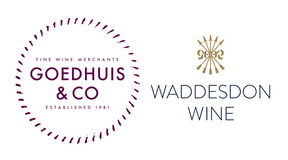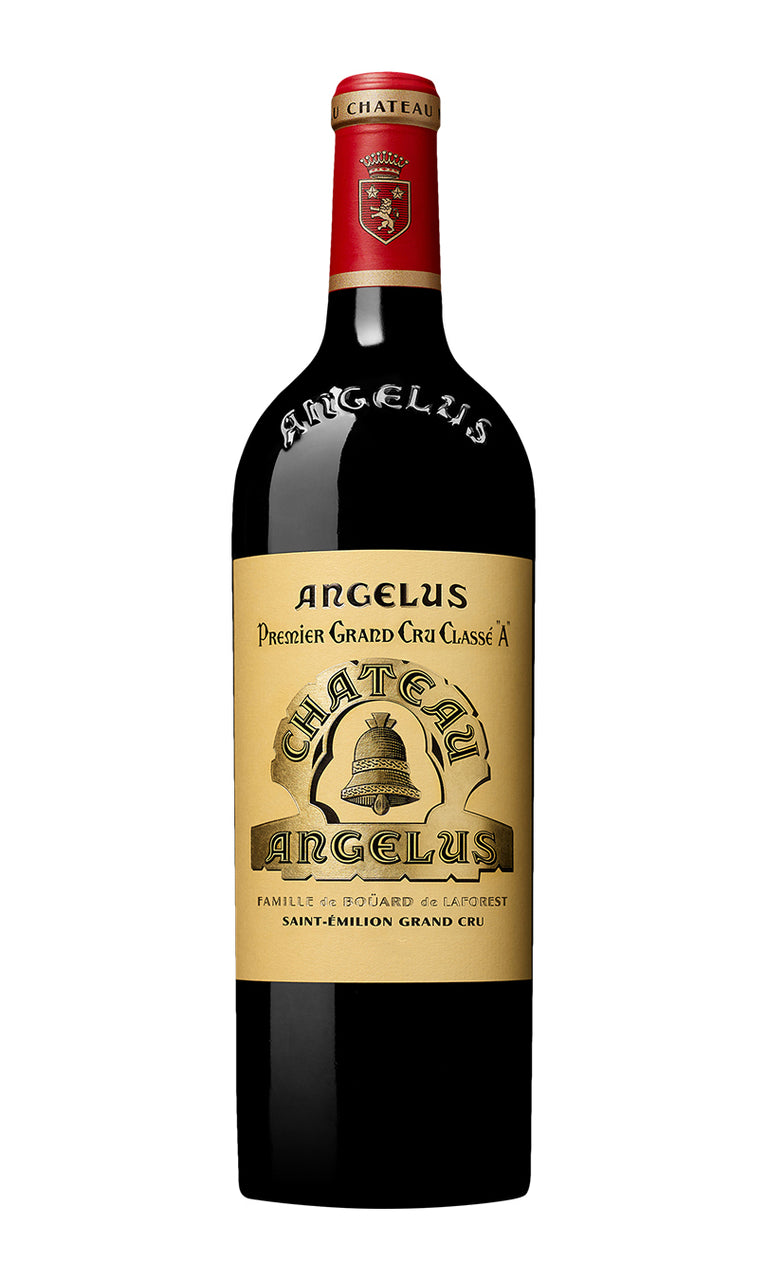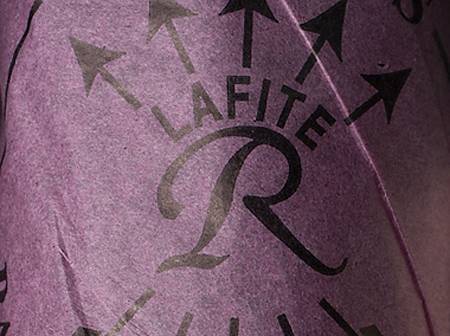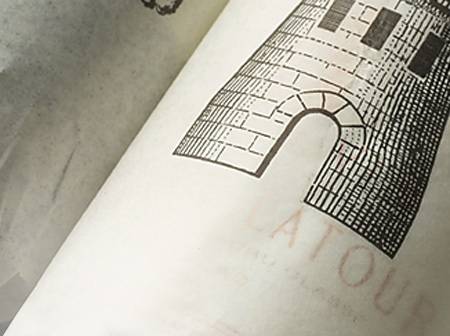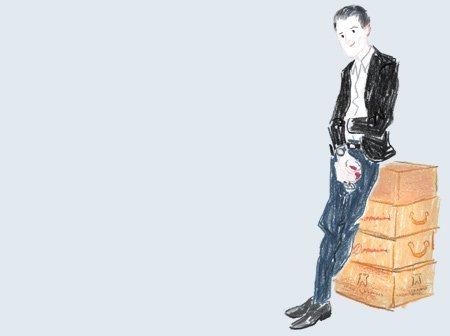- Colour Red
- Producer Château Angélus
- Region St Emilion
- Drinking 2020 - 2040
- Case size 12x75cl
- Available Now
2010 - Ch Angélus 1er Grand Cru Classé St Emilion - 12x75cl
- Colour Red
- Producer Château Angélus
- Region St Emilion
- Drinking 2020 - 2040
- Case size 12x75cl
- Available Now
Select pricing type
Need help? Call +44 (0)20 7793 7900 or email wine@goedhuiswaddesdon.com.
-
Neal Martin, Jnauary 2020, Score: 98
The 2010 Angélus seems to be improving in bottle year after year. It has a detailed and precise bouquet with ample black fruit, sous-bois, black truffle and light humidor aromas. It is incredibly complex and involving. The palate is medium-bodied with supple tannins. This is very cohesive and exerts just the right amount of grip. Great precision towards the finish with a judicious sprinkling of white pepper and sage. This is the best bottle of 2010 Angélus that I have met. Tasted blind at Farr Vintners 10-Year On Bordeaux horizontal.
-
Neal Martin, March 2011, Score: 92-94
The Angelus 2010 has a very ripe, quite opulent, dense bouquet with dark cherries, cassis, dark plum/Hoi Sin with good definition and a lot of ambition. The palate is full-bodied with very thick, bold tannins lending enormous structure to this Angelus. Layers of ripe blackberry, dark cherries and boysenberry with well integrated new oak. As usual, very modern in style, but very dry and tannic on the finish at the moment. Drink 2016-
-
Robert Parker, August 2015, Score: 99+
This is another magnificent wine. How much fun will it be to have the 2000, 2005, 2009 and 2010 in future tastings to see which vintage comes out on top? They are all candidates that will flirt with perfection, depending on the state of their evolution. The 2010 has a similar color to the 2009, but is perhaps even more opaque, which seems almost impossible. Subtle barbecue smoke, graphite, blackberry liqueur, licorice and chocolate jump from the glass, and the wine hits the palate with a thunderous cascade of sweet, velvety, full-bodied, concentrated black fruits, nice definition from the tannins and decent acidity. The wine has a majestic, multilayered finish that goes on for a minute. This magnificent wine is still frightfully young and still somewhat unformed, but every bit as prodigious as its older sibling, the 2009. This will probably end up evolving on a slightly slower evolutionary track. However, it has 50 years of longevity in it. 2015-2065
-
Robert Parker, February 2013, Score: 98
An absolutely spectacular wine from this estate, run with meticulous precision by Hubert de Bouard, the opaque bluish/purple 2010 Angelus offers up a beautifully sweet smorgasbord of aromas ranging from blueberry pie to espresso roast, white chocolate, creme de cassis, licorice, truffle and a touch of lead pencil shavings. There is even a floral underpinning to this extraordinary, highly-scented, full-bodied wine. Rich, layered and built like a skyscraper, this multi-dimensional Angelus has lavish concentration and moderately high tannin, but it is sweet and well-integrated, as is the oak. Just enough acidity provides focus and delineation to this exceptionally well-endowed wine, which should hit its prime in 7-10 years and last 30-40.Drink: 2020-2060
-
Robert Parker, May 2011, Score: 94-96+
A blend of 55% Merlot and 45% Cabernet Franc cropped at 32 hectoliters per hectare, the 2010 may not hit the peaks of the extraordinary 2009 or 2005, but it is another fabulous wine from proprietor Hubert de Bouard. It boasts an inky/blue/purple color along with abundant aromas of acacia flowers, blueberry liqueur, black raspberries, licorice and subtle toasty oak in the background. A notion of graphite emerges as the wine sits in the glass, which tends to be a characteristic of Angelus. Long, rich, dense and full-bodied with high but well-integrated tannins, it will rival the 1989 and 1990 as well as the 2009 and 2005 as one of the finest wines made at this estate. At present, the 2009 has a slight edge because of its more sumptuous texture. Nevertheless, the 2010 is a great wine with a future of at least 30 years! Drink: 2011 - 2014
-
James Suckling, April 2011, Score: 97-98
Wild aromas of blackberries, dark chocolate and hints of toasted nuts. Very intense. Full bodied, with super integrated tannins and a fabulous finish. Goes on for minutes. This takes off on the palate. Really impressive. 45 percent Cabernet Franc and 55 percent Merlot.
-
Decanter, April 2011, Score: 18.5
In the same league as the amazing '09 but an even bigger structure here. Tell-tale saturated colour. Busy, complex nose with spice, cacao and violet (45% Cabernet Franc) notes. Ripe, succulent fruit on the palate but not overblown. Lingering freshness behind. Powerful but refined tannins. Long, persistent finish. Drink 2020-2035.
-
Jancis Robinson, April 2011, Score: 17.5
Very dark crimson. Manages to be both savoury and luscious on the nose. Thick and dense and very sweet on the finish. All stops pulled out to make an impression! Very firm finish after great riches. Dry, slightly tarry finish. Drink 2020-2035
-
Wine Spectator, April 2011, Score: 94-97
This is really fine, with gorgeous mouthfeel to the notes of blueberry, plum and black cherry preserves. Shows alluring black tea and incense hints in the background, with ample, iron-tinged grip on the finish. This has density and elegance. Impressive. -J.M.
Producer
Château Angélus
Owned by the de Bouard de Laforest family for years, it is only since the mid 1980s that this château has truly hit its potential. Hubert de Bouard, with the assistance of consulting oenologist, Michel Rolland, is making some of the finest wines in St Emilion. The château is particularly notable for producing excellent wines even in challenging vintages which for many is the true testament of quality.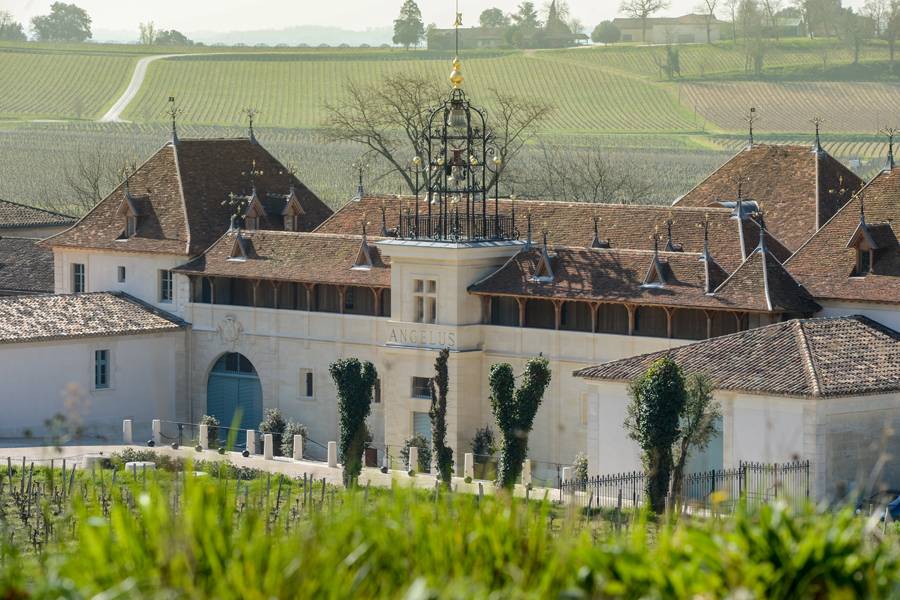
Region
St Emilion
South of Pomerol lies the medieval, perched village of St Emilion. Surrounding St Emilion are vines that produce round, rich and often hedonistic wines. Despite a myriad of soil types, two main ones dominate - the gravelly, limestone slopes that delve down to the valley from the plateau and the valley itself which is comprised of limestone, gravel, clay and sand. Despite St Emilion's popularity today, it was not until the 1980s to early 1990s that attention was brought to this region. Robert Parker, the famous wine critic, began reviewing their Merlot-dominated wines and giving them hefty scores. The rest is history as they say. Similar to the Médoc, there is a classification system in place which dates from 1955 and outlines several levels of quality. These include its regional appellation of St Emilion, St Emilion Grand Cru, St Emilion Grand Cru Classé and St Emilion Premier Grand Cru Classé, which is further divided into "A" (Ausone and Cheval Blanc) and "B" (including Angélus, Canon, Figeac and a handful of others). To ensure better accuracy, the classification is redone every 10 years enabling certain châteaux to be upgraded or downgraded depending on on the quality of their more recent vintages.
